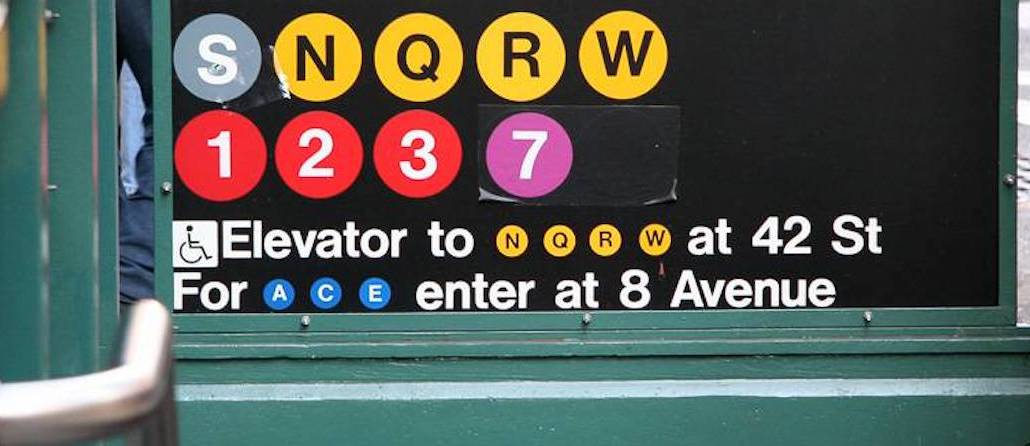
Thinx and Casper are two emerging online e-commerce startups that offer very different products: The former woos women with period-proof underwear, while the latter aims to offer the “perfect mattress for everyone.” When it comes to marketing, however, the two share a mutual interest: subway ads.
Many New York straphangers are impressed by Thinx’s subway campaigns where one ad features a cracked egg, an allusion to the unfertilized eggs expelled during menstruation, and another shows a woman sitting next to a grapefruit that is evocative of vagina. The brand was reportedly trying to spend more than $300,000 on 15,000 subway ads last year.

“We like subway ads because we want to create a presence in New York City where trends are set,” Miki Agrawal, CEO and co-founder of Thinx said on stage at Marketing Unbound, the annual conference hosted by The Economist. “And we want our ads to be conversation starters for New York subway riders.”

New York City is also an important location for Casper, who accompanied Thinx on the panel at the conference, and whose subway ads feature a variety of characters, from animals to snowmen and dinosaurs. David Zhang, the company’s CMO, thinks that subway ads are highly effective to target local audience because when riders get stuck on the train, they have nowhere to look except at those ads. “From a media buying perspective, you can get 500 to 700 brand trains at a pretty decent price,” said Zhang. “It’s a great way to put your brand on the map and get millions of eyeballs.”
Of course, attribution is a challenge when use an old-fashioned marketing channel like subway. In order to measure its ads on the train, Thinx has created unique URL “hellothinx.com” for its subway campaign and tracked online traffic from different cities. If the company sees a spike in conversions from New York City while other cities remain stable, it knows that the spike must come from subway ads because they are only served in New York City.
Casper, on the other hand, has created special promotional codes like “Path” or “Subway” for subway ads. They are still a weak metric though, because many commuters may not remember the codes. In order to tackle this attribution issue, Casper has been using “regression analysis” to understand the incremental lift within New York City versus similar markets where the brand doesn’t run subway campaigns.
“We still don’t have a 100 percent clear read on what’s going on in New York City because of other marketing initiatives that we are running at the same time, but we are getting better results from our regression analysis,” said Zhang. “If you want to use classic marketing channels like subway, my advice is, don’t give up too soon — make sure that you spend lots of time thinking through measurement.”
When everyone is talking about integrated marketing today, it’s critical for brands to use other platforms to complement their subway ad initiatives, Zhang added. In Casper’s case, it has been running direct mail, TV and video ads in addition to subways ads in New York City. Many of those campaigns coincide with each other.
“We’ve been talking about the magic of having multiple touch points to tell the brand story,” he said. “In order to have an integrated insight, we need to piece out the impact of each channel through data and attribution model.”
More in Marketing

How marketers rank this year’s generative AI image, video tools
Digiday’s 2025 agency generative AI report card explores the winners and losers of the generative AI landscape.

In memoriam: Brands we lost in 2025
Digiday Media staff rounded up some of the most notable brand names we lost in 2025, like Joann and Rite Aid.

Pandora is betting on AI agents to scale service and emotional selling during the peak holiday season
Pandora is using AI agents to scale customer service and replicate emotional in-store selling online, just as peak season puts pressure on margins and teams.





